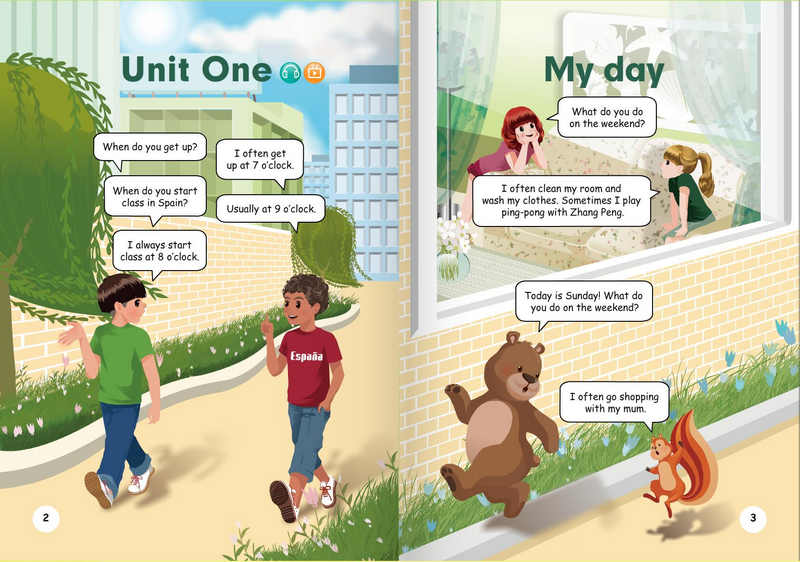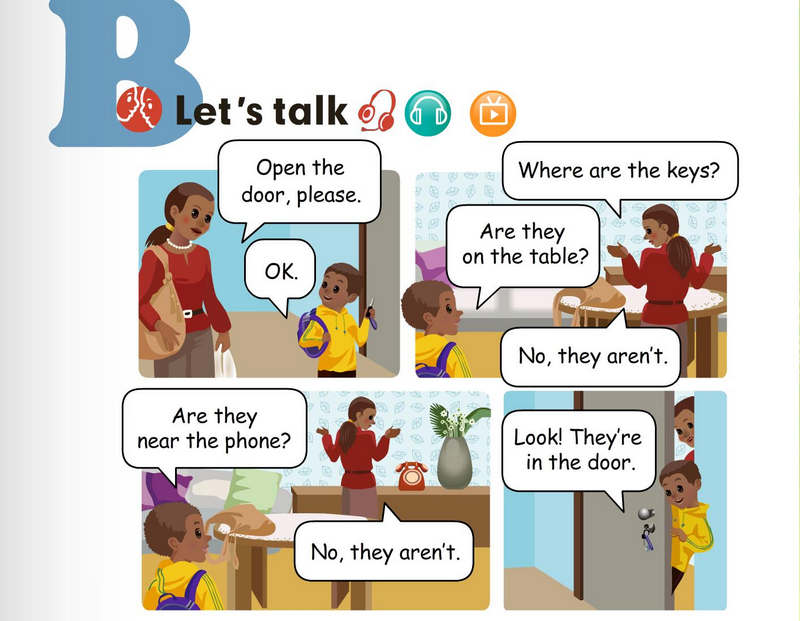动词单数第三人称单数的变化规则
一、哪些主语是第三人称单数?
(一)人称代词he, she, it是第三人称单数。
如: 1. He likes cars. 他喜欢车。
2. She goes to school at seven. 她七点去上学。
3. It has a good name. 它有一个好名字。
(二)单个人名、地名或亲友的称呼等作主语,是第三人称单数。
如: 1. Miss Wang(人名) waters the flowers once a day.
王老师一天给花浇水一次。
2. Beijing is in China. 北京在中国。
3. Aunt Mary(亲友) usually makes cakes.
玛丽阿姨经常做蛋糕。
(三)单数可数名词或“this/that/the 单数可数名词”作主语时,是第三人称单数。
如:1. A horse is a useful animal. 马是有用的动物。
2. This book is yours. 这本书是你的。
3. That car is red. 那辆小车是红色的。
4. The cat is cute. 这只猫是可爱的。
(四)不定代词someone, somebody, nobody, everything, something, 作主语时,是第三人称单数。
如:1. Everyone is here. 每个人都到齐了。
2. Everything is OK. 万事俱备。
(五)不可数名词作主语时,看作第三人称单数。
如:1. The milk is in the glass. 牛奶在玻璃杯里。
(六)当数字或字母作主语时,看作第三人称单数。
如:1.“6”is a lucky number. “6”是个吉利的数字。
2. “I”is aer. “I”是个字母。
二、第三人称单数形式的构成
(一)一般直接在词尾加 -s
如:1. work-works live-lives make-makes
(二) 以o, s, x, ch, sh等结尾的单词加 -es
如: go-goes do-does miss-misses fix-fixes finish-finishes teach-teaches (三)以辅音字母加y结尾的单词,变y为i, 再加 -es
如: fly-flies carry-carries
(四) 特殊变形的有: have-has
一般疑问句和特殊疑问句
一、一般疑问句
be动词(am, is are)
肯定:Yes, 主语 引导词
引导词can/will/should等情态动词答语
do/does/did助动词否定:No, 主语 引导词 not
二、特殊疑问句(即由特殊疑问词引导的疑问句)
特殊疑问词有:when, where, who, what, whose, why, how
be动词(am, is are)
特殊疑问词 can/will/should等情态动词 主语 谓语 其他
do/does/did助动词
改写否定句型
be动词 not
can/will/should等情态动词 not
主语 do/does/did not 谓语动词
感叹句的表述
What a/an 形容词 名词例:What an interesting film!
How 形容词 主语 谓语例:How interesting the film is!
补充知识点
动词原形如:buy(买)
1、be going to 地点如:the park
打算… 时间如n Monday
2、want to 动词原形表示“想要…”
3、在……转弯用介词“at”, 如turn left at…/turn right at
4、like V-ing, 如:He likes playing basketball.
5、by 交通工具,表示交通方式。
6、go to 地点,表示“去…”; get to 地点,表示“到…”
7、next to 挨着;near 在…附近; in front of… 在…前面;behind… 在…后面
8、be far from… 离…远的





